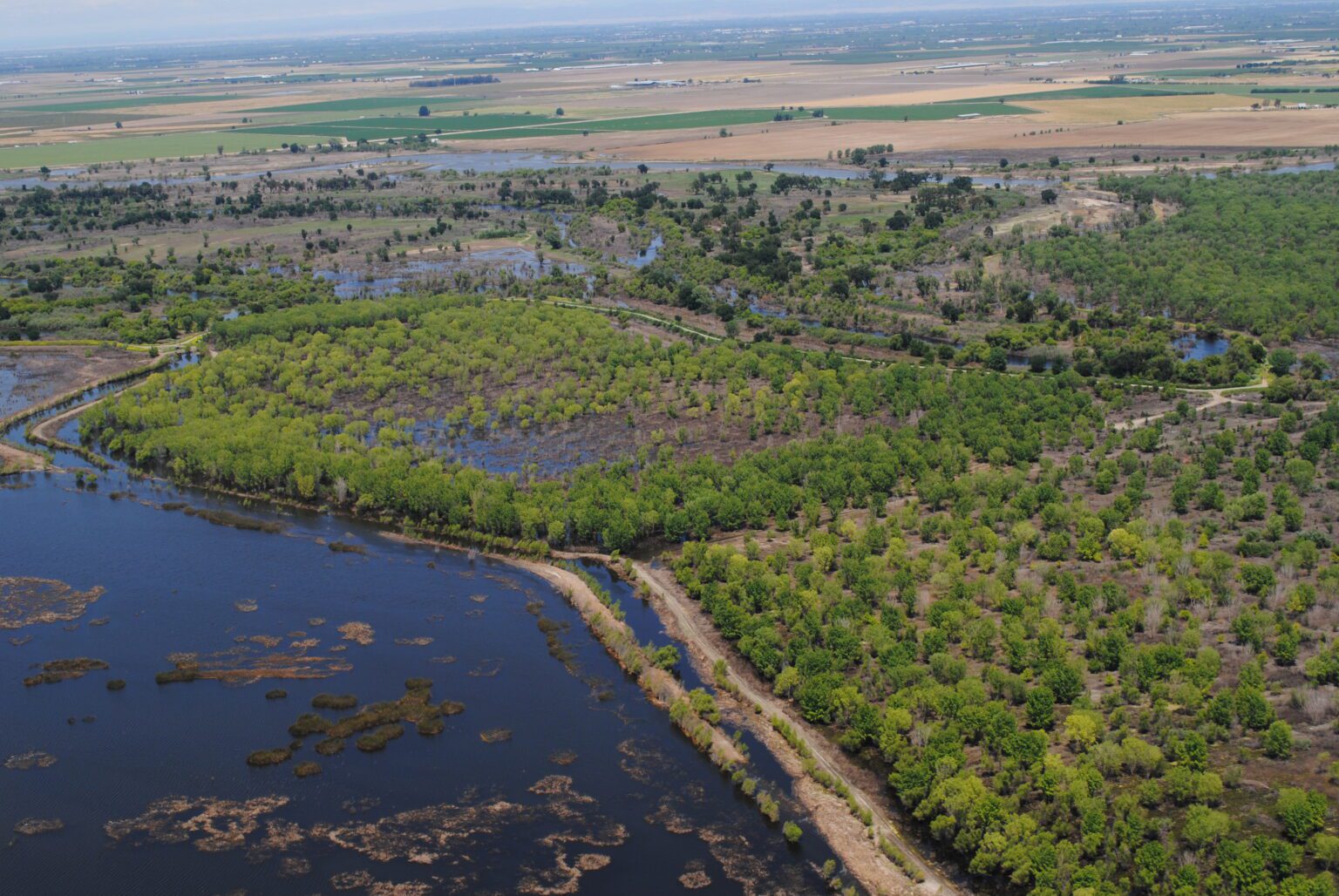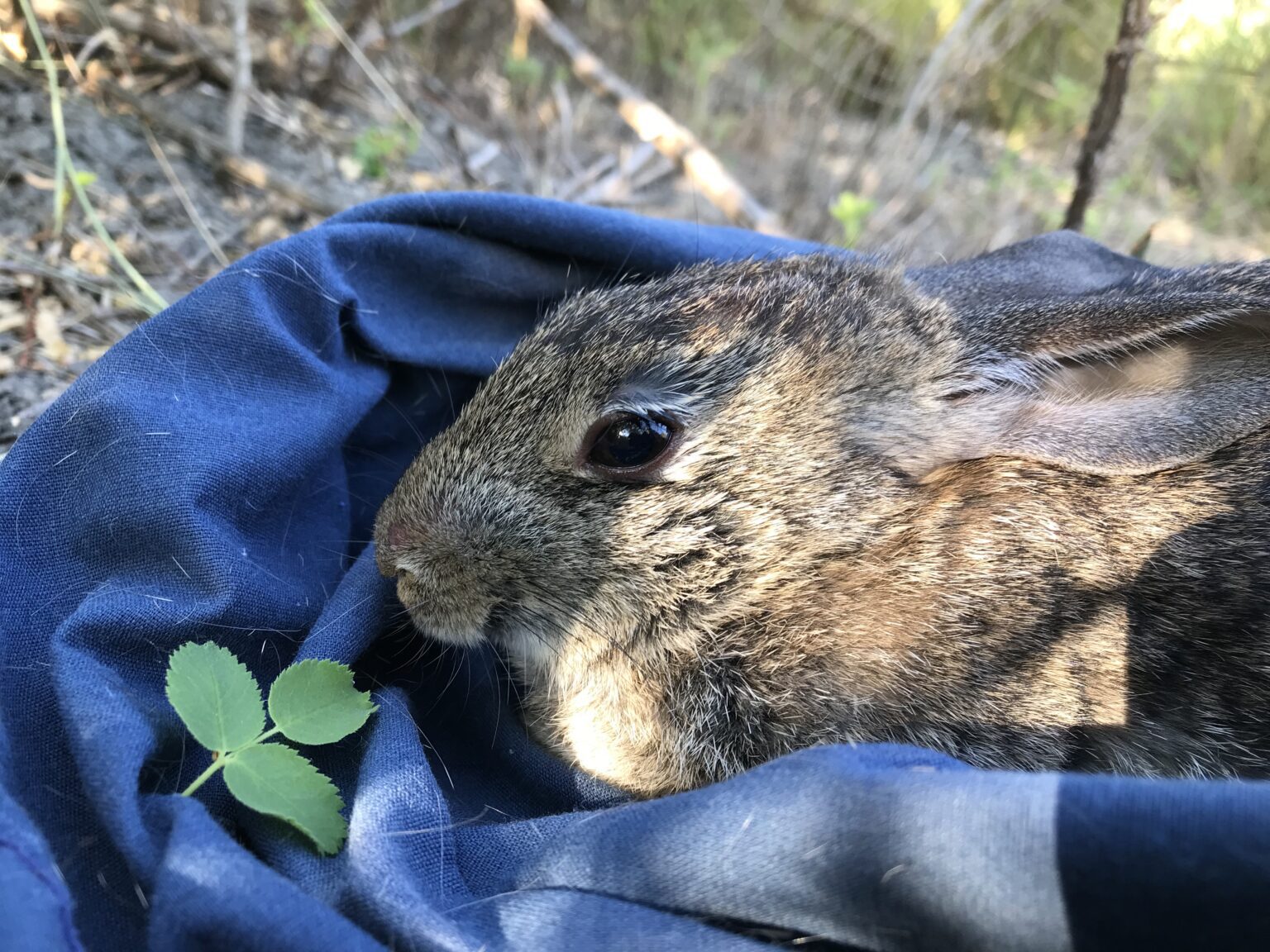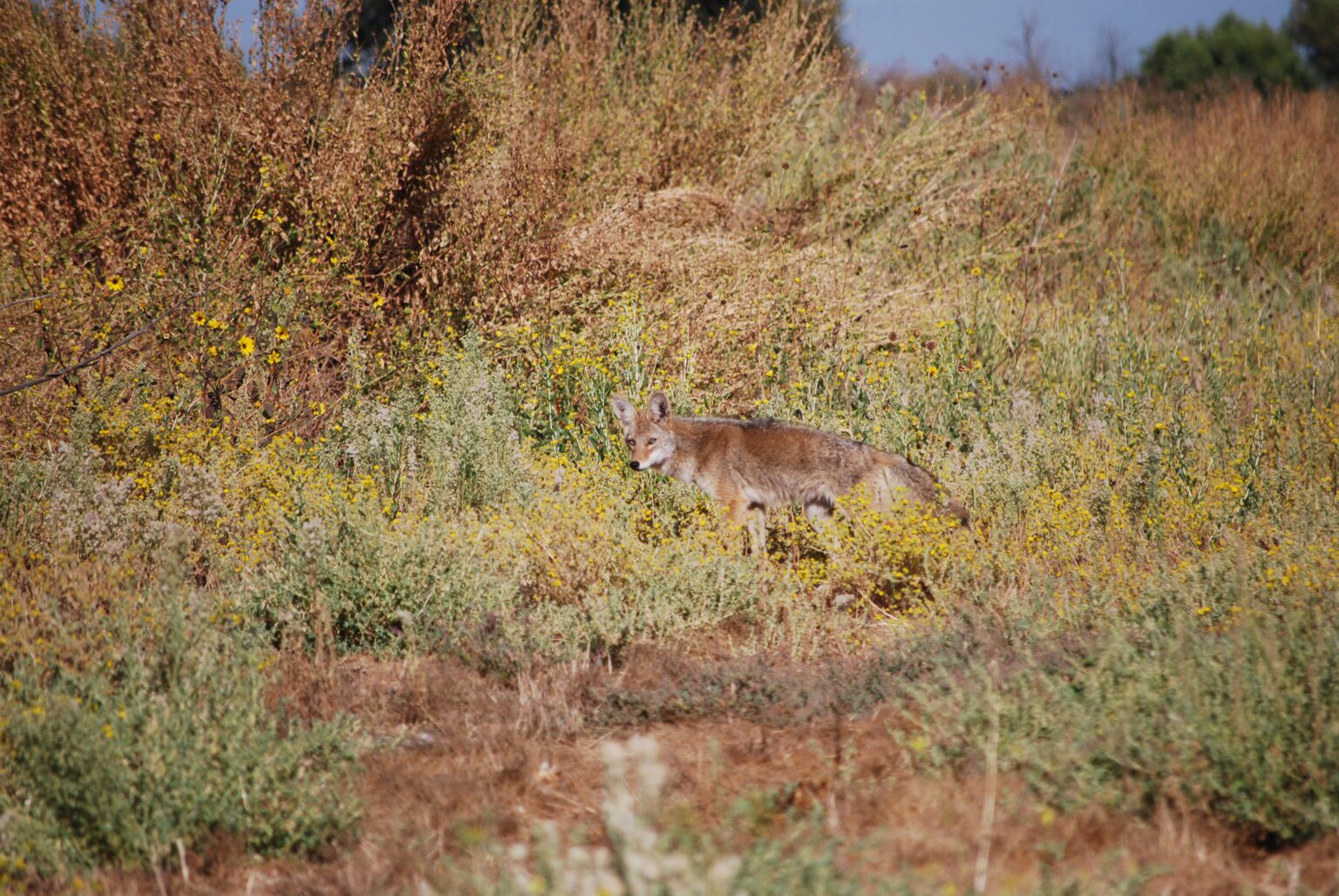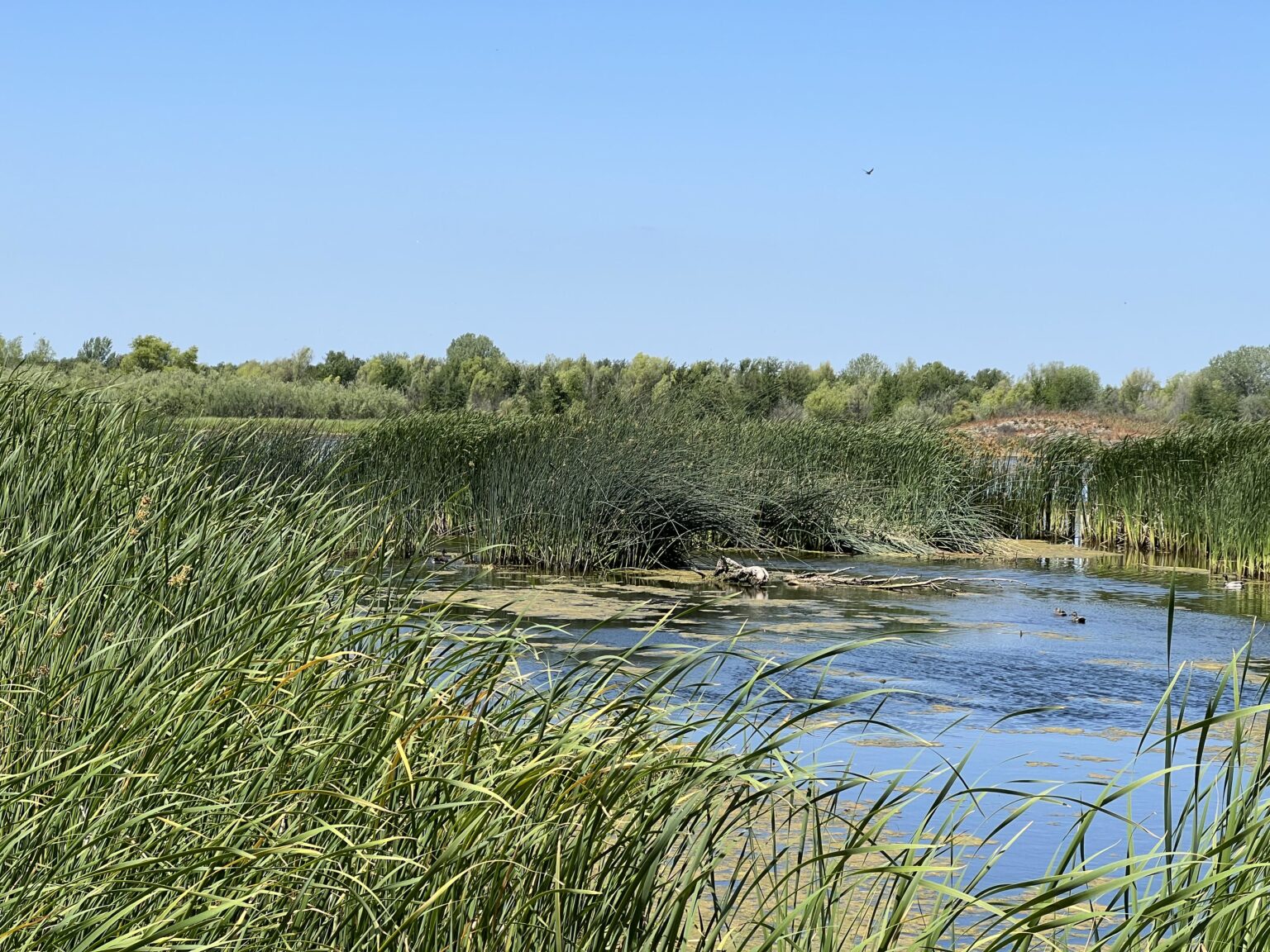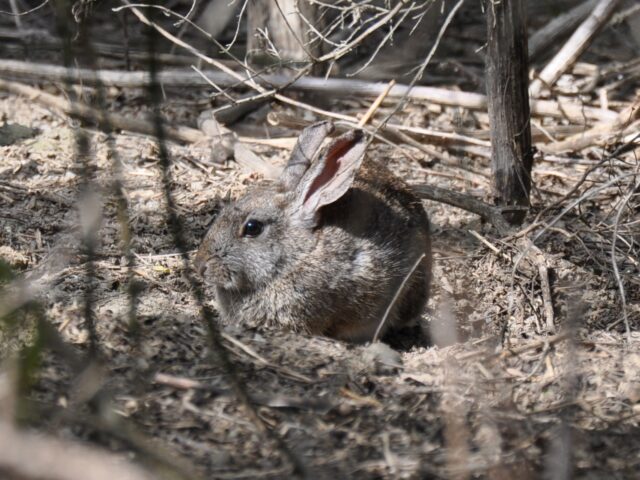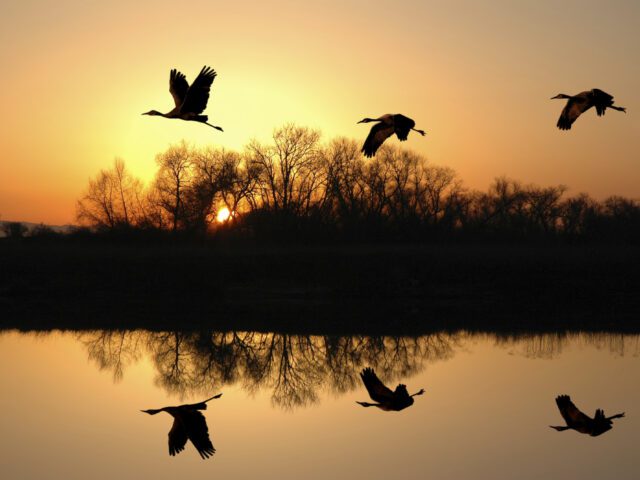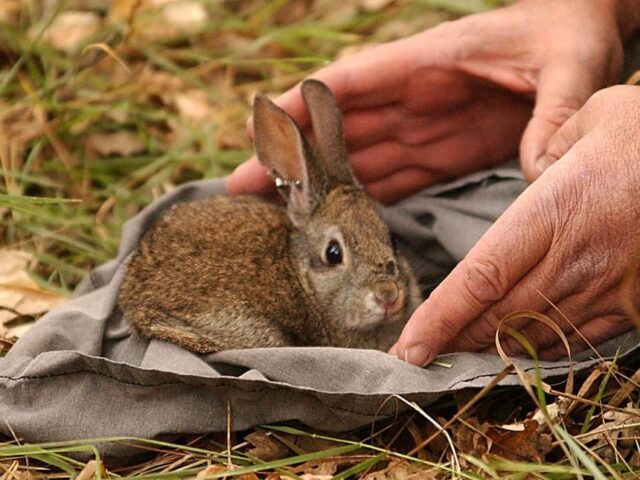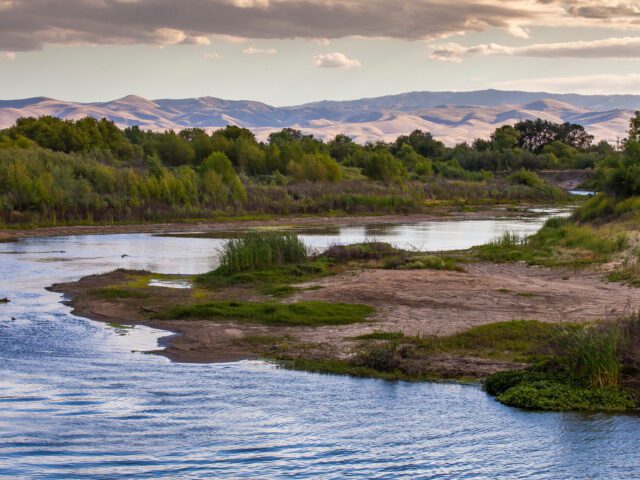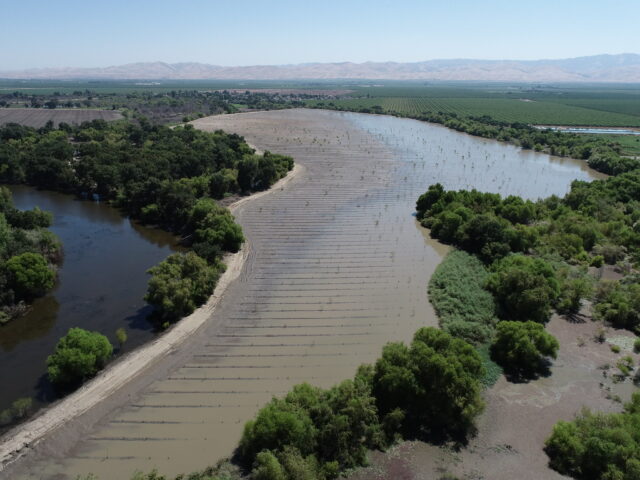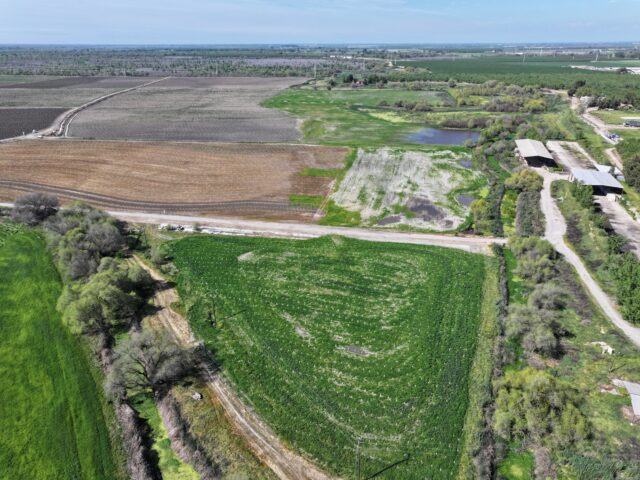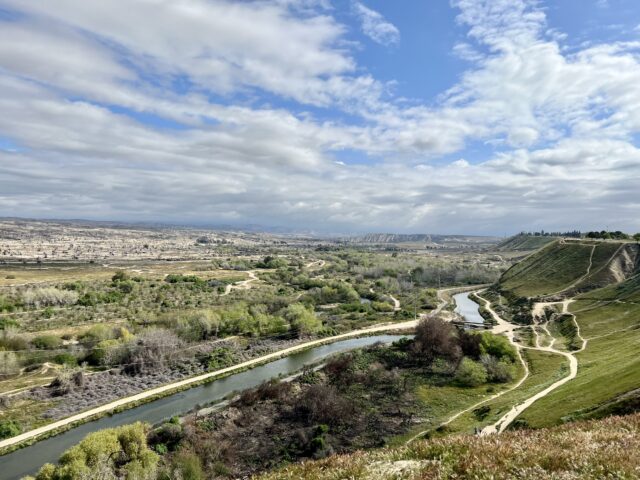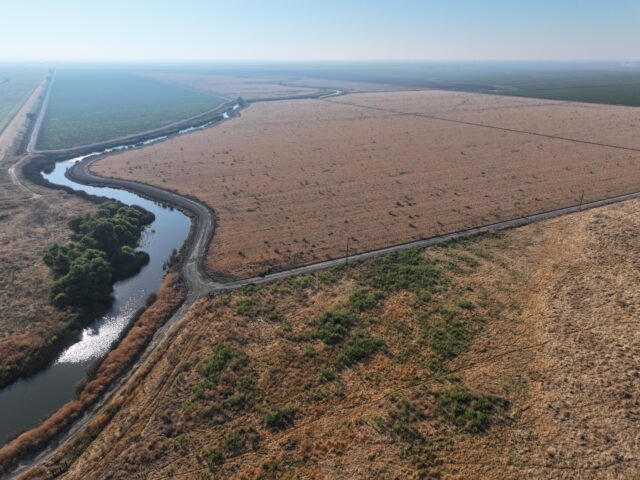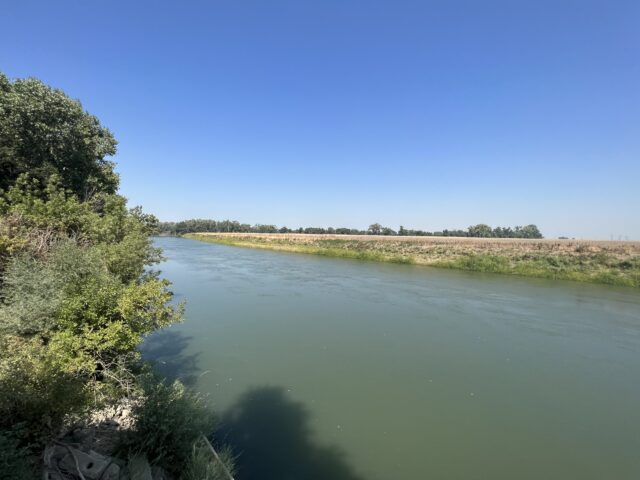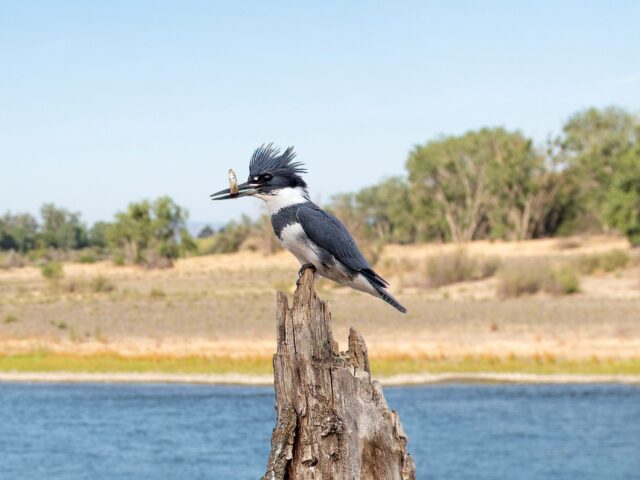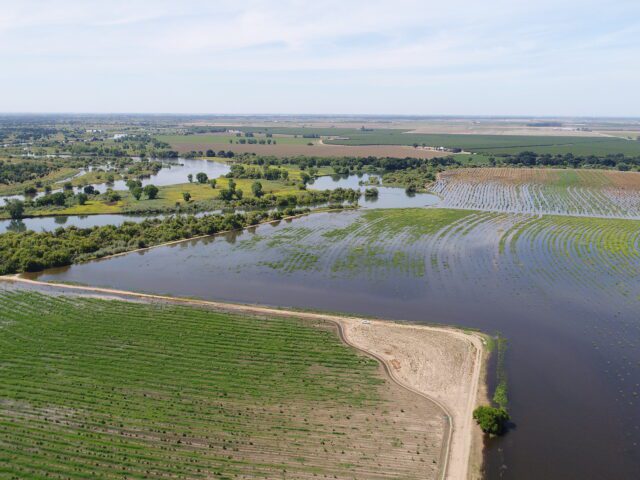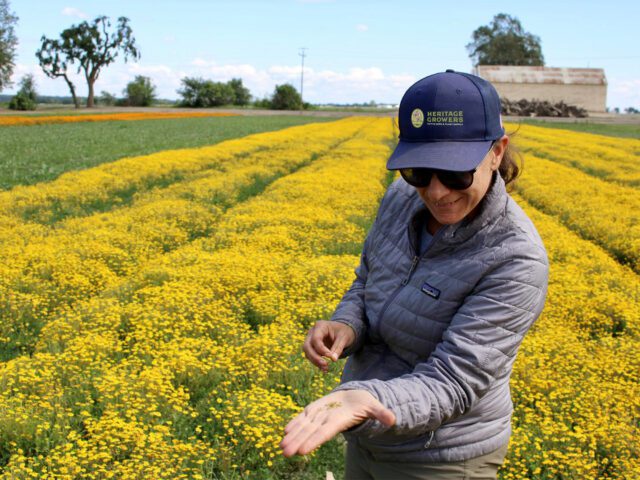Over 15 years, River Partners secured more than $20 million from competitive state and federal grant programs to design and restore wildlife habitat at a scale never seen before in this region.
Project Impact
2500 acres restored
600,000 trees planted
15 priority species protected
PLUS
8 river miles restored, 4 miles of trails opened to the public, and 8,000 acre-feet of water conserved annually
About the San Joaquin National Wildlife Refuge
River Partners uses all of our projects to test the effectiveness of different methods of large-scale habitat restoration. At the San Joaquin National Wildlife Refuge (SJRNWR), novel habitat types, like vegetated levees, elevated flood refugia (mounds for endangered riparian brush rabbit), seasonal floodplain basins, and floodplain meadows were introduced across the site according River Partners’ designs. The project provides an exceptional learning laboratory to explore invasive species management, grass and herbaceous species restoration, conservation of genetic diversity with particular focus on climate change adaptations, establishment and management of pollinator habitat on farm edges, groundwater and salinity management for riparian habitats, and restoration of floodplain foraging habitat for fish. Lessons learned at this project are directly informing development of plans and designs for the $1 billion Restoration Program, a federally-authorized program to recover self-sustaining anadromous fish populations to the San Joaquin River.
In 1997, devastating floods spilled over thousands of acres of floodplains along the San Joaquin River south of the Delta through levee failures and overtopping. The US Army Corps of Engineers convened a multi-agency review team to research all of the levee failure sites and promoted “Non-Structural Alternatives” to levee repairs for flood damage reduction. Of more than a dozen levee failure sites, three stood out as excellent candidates for implementation of NSAs. These three locations came to be known as the Three Amigos. The Three Amigos levee failures flooded over 3,000 acres of lands within Reclamation Districts 2100, 2102 and 2099 and the landowners sold their flood-prone agricultural properties to wildlife interests. Since then, the levees have failed and the site has flooded three times. As our climate warms and our snowpack storage reservoir shrinks, the valley floor will experience this type of flooding more and more frequently. This project is a model for alignment between public safety and wildlife recovery.
Photos top to bottom, left to right:
- Restored floodplains along the San Joaquin River at the Refuge
- Endangered riparian brush rabbit. Credit: USFWS
- Coyote in restored fields
- Wetlands at SJRNW



